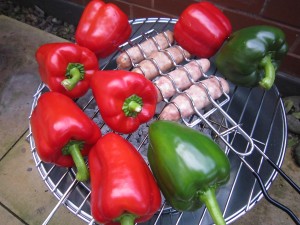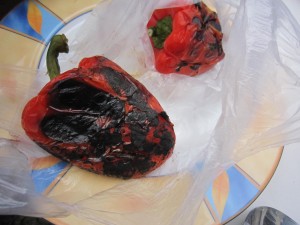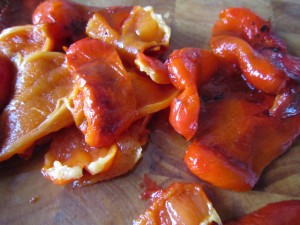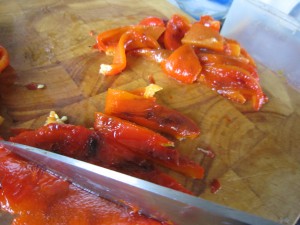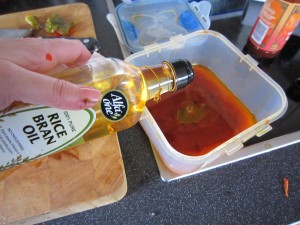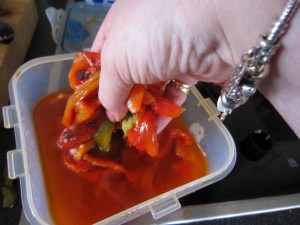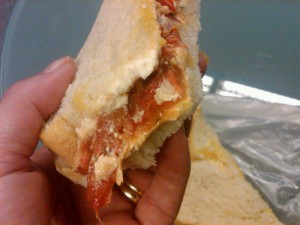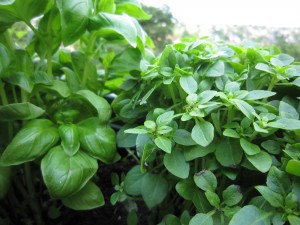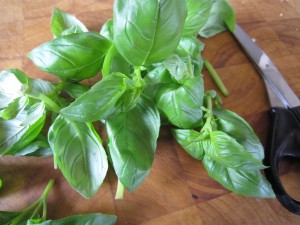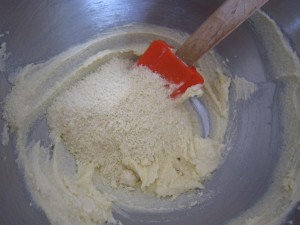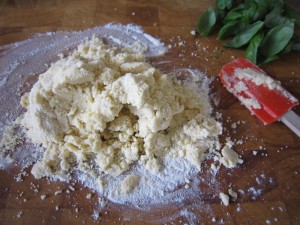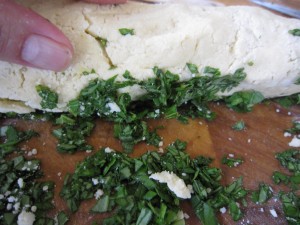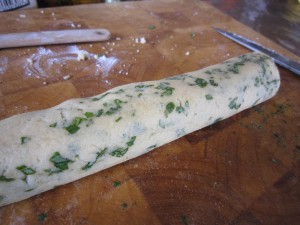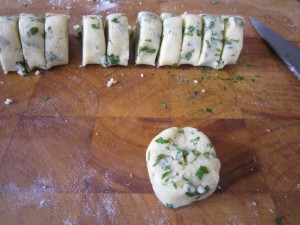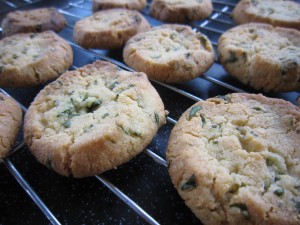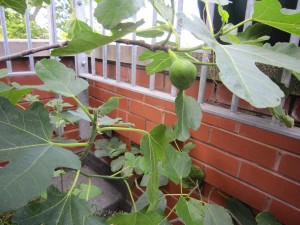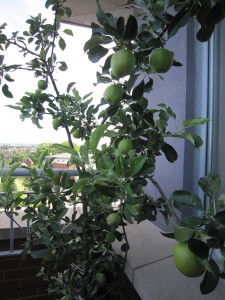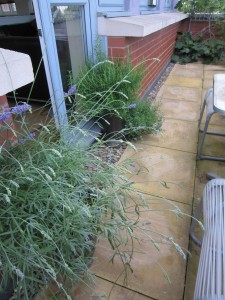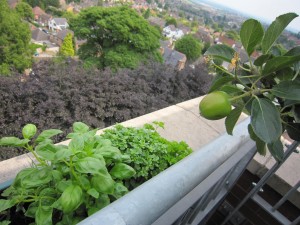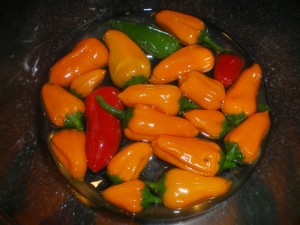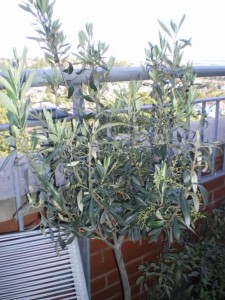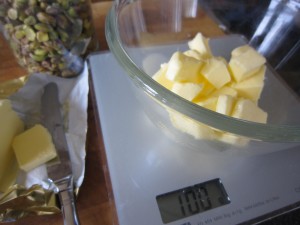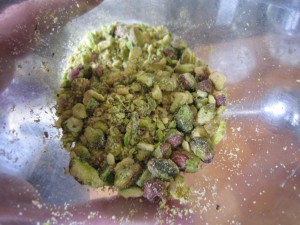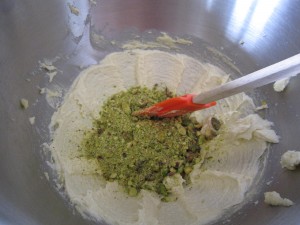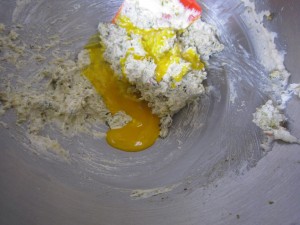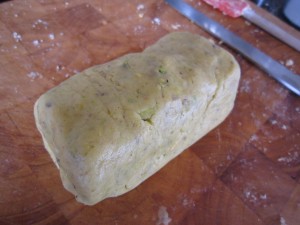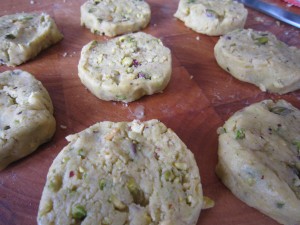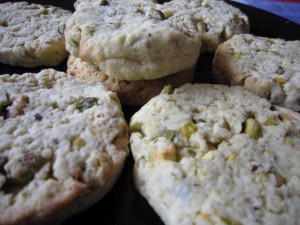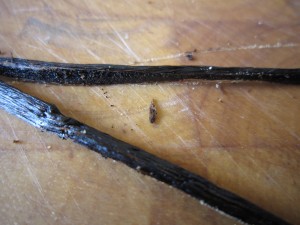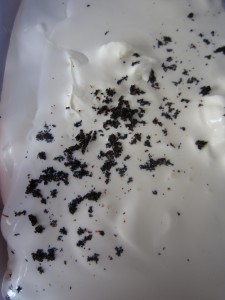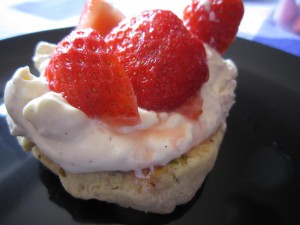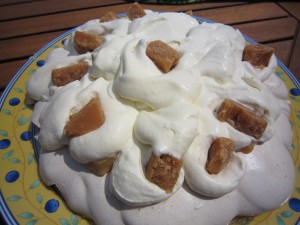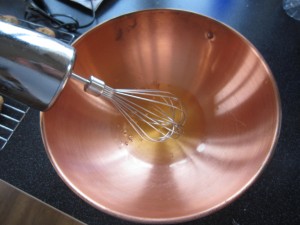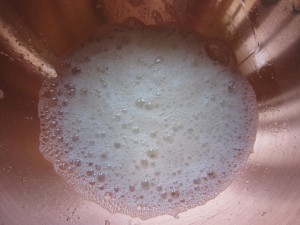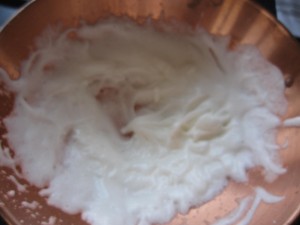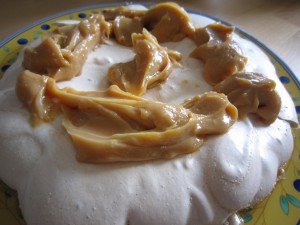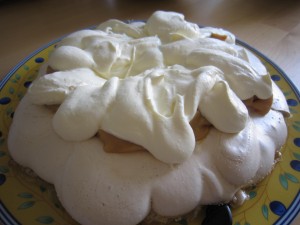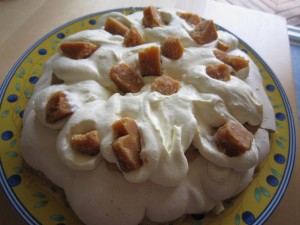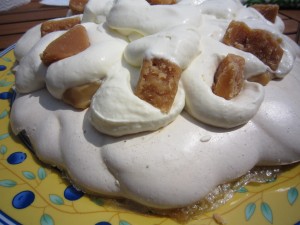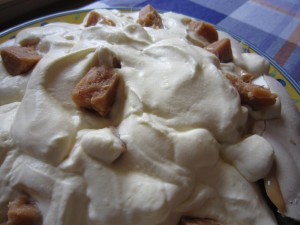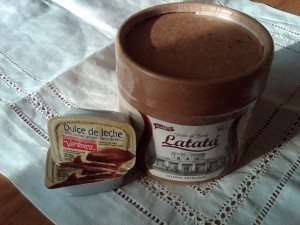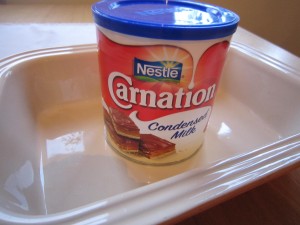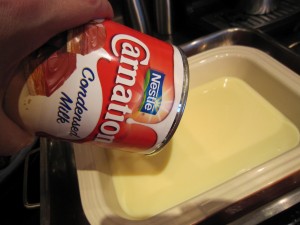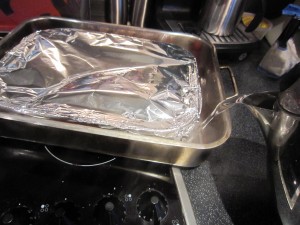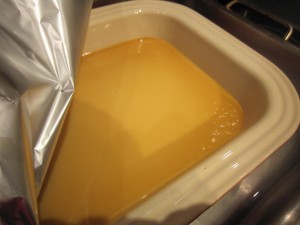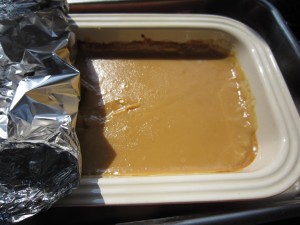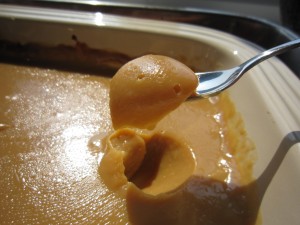There’s a movement gaining increased acceptance across the globe – Meatless Monday – if you give up meat for one day a week, it cuts consumption by 15%. It started in the USA as non-profit initiative of The Monday Campaigns Inc. in association with the Johns Hopkins School of Public Health Center for a Livable Future.
“According to the United Nations’ Food and Agriculture Organization the meat industry generates nearly one fifth of the man-made greenhouse gas emissions that lead to climate change. Geophysicists at the Bard Center and the University of Chicago estimate that curbing meat consumption by 20% (which could be achieved through Meatless Mondays) would lower greenhouse gas emissions as dramatically as every American switching to an ultra-efficient hybrid vehicle.
The United Nations also found that current meat production methods cause nearly half of all stream and river pollution. Meat also requires a great deal of fresh water to manufacture. The production of a pound of beef takes approximately 2,500 gallons of water, compared to a pound of soy, which requires only 220 gallons. By switching to soy on Mondays each individual could save about 890 gallons of water a week.
As of 2006, forty calories of fossil fuel energy go into every calorie of U.S. feed lot beef (manufacture, transport and storage included). By comparison, a calorie of plant-based protein only requires 2.2 calories of fossil fuel. If the population of the United States went meatless every Monday for a year, 12 billion gallons of gasoline would be saved.“
Now, those figures are based on American calculations but the maths is probably as relevant, proportionally, to those of us in the UK. As a committed carnivore, I could never give up meat all together, though I do know how delicious meat free meals are. I justify it to myself by eating as much of the animal as possible (I don’t hold back from innards, guts and glands) and making the most of every morsel. I could (and often do) serve meatless meals. Perhaps the formality of sticking to a meatless meal on Mondays would concentrate my mind?
Even if I don’t want to save the planet (how very mean of me) or care about the the welfare of animals (how callous would that be?) then I should care about my health …
“On average Americans consume 8 ounces of meat per day, 45% more than the USDA recommends. Meat typically contains higher levels of saturated fat than plant based foods. Saturated fat intake has been linked to multiple preventable illnesses, including heart disease, stroke, diabetes and various cancers. By removing meat once a week, the average American reduces saturated fat intake by 15%, diminishing the risk of these diseases.
A ten year longitudinal study has also linked rates of personal meat consumption to age of death. The results of this research suggest that the deaths of 1.5 million Americans over a ten year period can be attributed to excessive consumption of red and processed meats.
Chronic preventable illnesses—including those associated with excessive saturated fat intake—cause 70% of all deaths in the United States. In 2007 alone Americans spent 1.7 trillion dollars on health care related to preventable illnesses”
Following on from that, here in the UK, Paul, Stella and Mary McCartney started Meatfree Monday , saying “In the future we are all going to have to change the way we eat. We believe that it is possible to do things like changing our diets with a sense of optimism, joy and the satisfaction that you are really helping to make a difference in the world.”.
It’s not just about saving the world. It’s also about saving our purses. Cutting back on meat provides a good cost saving as well. It is a return to the way our families ate in years gone by. Nowadays we are (in the main) lucky enough to be able to buy meat, if we want to, every day. In previous centuries meat was seen as a luxury and what meat there was had to be eked out. (One of my favourite books, Elisabeth Luard’s “European Peasant Cookery” would be a good thing to read if you were interested in finding out more. There’s a whole world of recipes just waiting to be explored.)
Anyway, on to what I am going to do. I will make that effort. I will make Monday my meat free day.
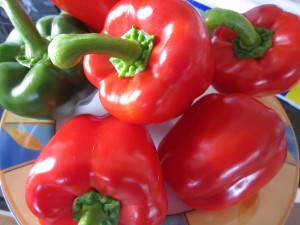
Now…. I said it would be meat free Monday. I said nothing about the Sunday….which wasn’t meat free. Not meat free by any means.
I was doing a barbecue and realised that the glowing embers of the charcoal would be perfect for chargrilling peppers.
I love chargrilled peppers – they are a wonderful addition to salads and for those of us who take packed lunches to work, they are truly gorgeous in sandwiches. I like to use red peppers best of all as they are sweeter but this time I had some green ones to add in.
Vegetarians.. look away! Yes they are sausages. Now, the success of the peppers does not rely on sausages being grilled next to them. It’s just, as you know, we only have a small balcony so I have to have a small bucket barbecue. I have to put on what I can, when I can.
Anyway, on they go and they are turned on the grill to get good and charred
Once that’s done and they are charred all round, pop the peppers (mind your fingers!) into a plastic bag so they can cool down.
As they cool, they steam and the skin loosens and is easy to peel off. Once they are cool, tip them out of the bag.
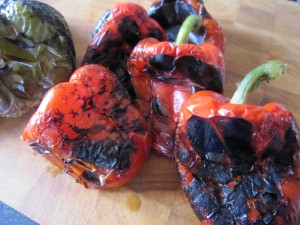
They will be juicy and dribble a lot so make sure you do this over a plate. It’s a messy job but oh-so-worth it.
Peel off the skin and scoop out the seeds – you will be left with just the glisteningly soft flesh of the peppers.
I cut them into slices so they are easier to deal with once they are in oil.
All you do then is get an air tight box and pour in some oil – I was using (because I had some left and I needed to finish the bottle) Rice Bran oil and olive oil
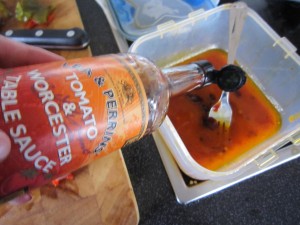
and I mixed it with some Lea and Perrins Tomato and Worcester Sauce.
Use whatever you like to flavour the oil slightly. The peppers have a lovely sweet and smokey flavour to them but adding just a hint of flavour to the oil really makes them special.
And then, all you do is add the sliced char grilled peppers.
And chill.
Actually, that could be an instruction to you as well as what you do with your box of peppers! Because that’s all there is to it.
Into the fridge with the box and you have the perfect ingredient for salads or sandwiches.
Oh, and I use it in meat dishes too…… one of our favourites is Pork and Pepper Goulash
I’m adding this bit in here because the lovely Lorraine added it to the Comment section after this was initially posted and unless you read through the comments you might not spot what she says. Lorraine lives in Canada and is married to Sonny, who is Italian…..
“As far as the grilled peppers, we grill a bushel of them every September when we get them cheap from the farmer’s market. My dear old mother-in-law (now l0l) got me into this a number of years ago as they are a staple in the Italian household. They appear on plates at every family meal. However, being only two of us, we grill the peppers and after cleaning them all, place them on paper towelling and then we place in small freezer bags and freeze for the winter. We take out a bag or two, place in a container and add olive oil, glove of garlic, dash of balsamic and if you like, some hot pepper flakes. Great on sandwiches and with grilled MEAT. Not a fan of the green ones – but the Yellow and Orange Bell Peppers are great – you must try.”
What a great idea that is. If you leave the peppers in oil for too long they soften too much. The way forward is, obviously, to do it Lorraine’s way and freeze any excess until you need them.
Today, though, is Meatfree Monday and I made sandwiches. Cream cheese and roasted pepper sandwiches…..
Delicious!
I’m on the way to saving the planet, my health and my cash…..pretty much of a result for the start of the week, eh?
